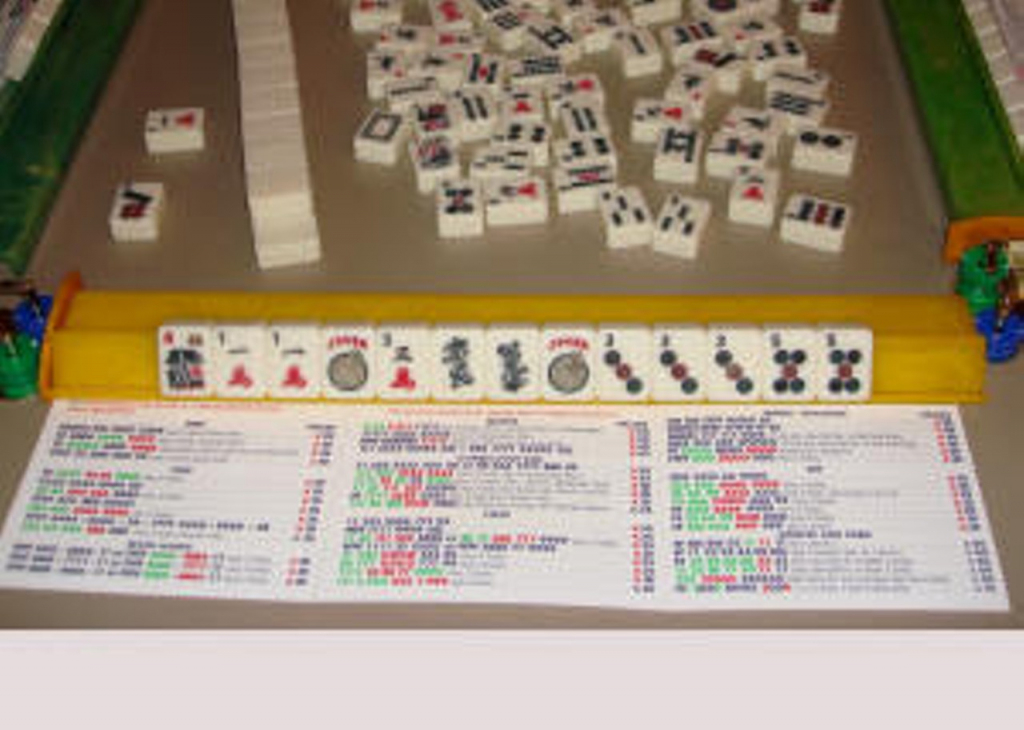Today, let’s delve into the fascinating world of Mahjong. This traditional Chinese game has been captivating players for centuries, and its popularity continues to grow worldwide. Whether you’re a seasoned player or a newcomer, understanding the different hands in Mahjong is essential to becoming a skilled player. So let’s explore Mahjong 101: The Hands.
Mahjong 101: The Hands
One of the key aspects of Mahjong is the formation of specific hands. In this game, players aim to create sets and sequences using a combination of tiles. Each hand consists of a particular pattern, and the player who successfully forms the required hand wins the round. The complexity and variety of hands in Mahjong make the game intriguing and exciting.
 To better understand the different hands, it’s helpful to have a visual representation of the Mahjong tiles. Here is an image displaying a set of printable Mahjong tiles, allowing you to visualize the different tiles in the game:
To better understand the different hands, it’s helpful to have a visual representation of the Mahjong tiles. Here is an image displaying a set of printable Mahjong tiles, allowing you to visualize the different tiles in the game:
 Now that you have a basic understanding of the tiles, let’s explore some of the common hands in Mahjong:
Now that you have a basic understanding of the tiles, let’s explore some of the common hands in Mahjong:
1. Pong
A Pong consists of three identical tiles. To form a Pong, a player must collect three tiles of the same kind. For example, three tiles with the number three would create a Pong of threes. These sets can be made using any of the three suits: Bamboo, Dots, or Characters.
2. Chow
A Chow is a sequence of three consecutive tiles within the same suit. This means that you would need three tiles in ascending order to form a Chow. For instance, a sequence of tiles numbered four, five, and six would constitute a Chow.
3. Kong
A Kong is similar to a Pong but consists of four tiles instead of three. This means that you need to collect four identical tiles to form a Kong. The formation of a Kong is a significant achievement in Mahjong and often leads to high-scoring hands.
 As you can see, understanding the various hands in Mahjong is crucial to achieving success in the game. It’s essential to familiarize yourself with the rules and patterns to become a skilled player.
As you can see, understanding the various hands in Mahjong is crucial to achieving success in the game. It’s essential to familiarize yourself with the rules and patterns to become a skilled player.
If you’re interested in trying out Mahjong, you’ll need a scorecard to keep track of each player’s points. Here’s a printable scorecard that you can use:
 This scorecard allows you to record the points earned by each player, ensuring a fair and organized game.
This scorecard allows you to record the points earned by each player, ensuring a fair and organized game.
Remember to have fun while playing Mahjong. It’s a game that brings people together, fosters strategic thinking, and provides hours of entertainment. Whether you’re playing with friends or participating in a tournament, Mahjong is sure to captivate and challenge you.
Conclusion
Mahjong is more than just a game; it’s a fascinating blend of skill, strategy, and tradition. Understanding the different hands in Mahjong is essential to becoming a proficient player. With this insight, you’ll be well-equipped to embark on your Mahjong journey. So gather your tiles, assemble your friends, and enjoy the captivating world of Mahjong!